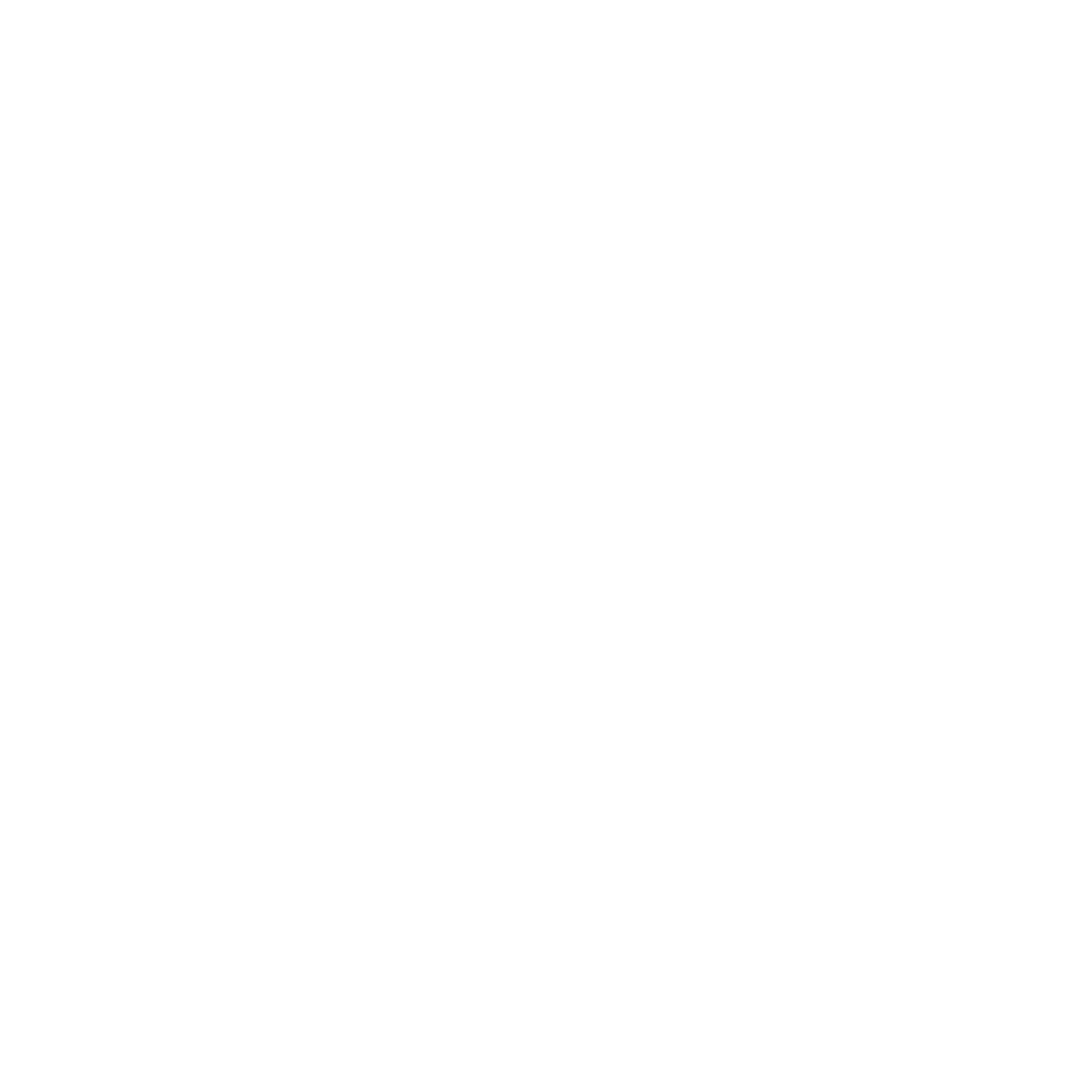
Open access is the term applied to publications that have been made freely available online. Truly open access publications will also carry an open licence, such as a Creative Commons licence, that allows further sharing and reuse.
Making your research open access can bring a range of benefits, including reaching a wider audience and getting more exposure, finding more opportunities for citation, greater potential impact on practitioners and policy makers, and being inclusive of reachers around the world. Find out more on our "What is open access?" page.
Many grant funders have open access policies that require funded outputs to be open access either immediately upon publication or within 12 months. The Australian Research Council (ARC) and National Health and Medical Research Council (NHMRC) both have open access policies, as do many non-government and international funders. Ensuring you comply with all relevant policies is an integral part of deciding where to publish.
When publishing open access, authors can either go through a fully open access journal or publisher or opt for open access publishing in a subscription journal or commercial publisher.
Open access publishing may involve a fee called an Article Processing Charge (APC) or Book Processing Charge (BPC), although these can sometimes be avoided by using one of the University's open access publishing agreements. Note that the University's Principles for Open Access discourage the payment of APCs to hybrid (subscription) journals, preferring other open access pathways.
The Directory of Open Access Journals (DOAJ) is a quality-controlled index of fully open access journals that can be filtered to show journals that do not levy APCs.
If your article, paper, or book chapter is published behind a paywall, it can often be made open access in a repository at no cost to the authors. This usually involves making the peer-reviewed Author Accepted Manuscript (AAM) openly accessible in an institutional or subject repository.
In most cases, an embargo of between 6 and 36 months will apply, unless a rights retention statement was used upon initial submission.
University of Melbourne researchers can deposit AAMs of their paywalled research in our institutional repository, Minerva Access. Depositing in Minerva Access makes your research discoverable through Google and Google Scholar, and allows direct downloads through Find an Expert profiles. The Minerva Access team ensures full compliance with publishers' sharing policies and manages any required embargoes. See the deposit advice on the Minerva Access website for guidance.